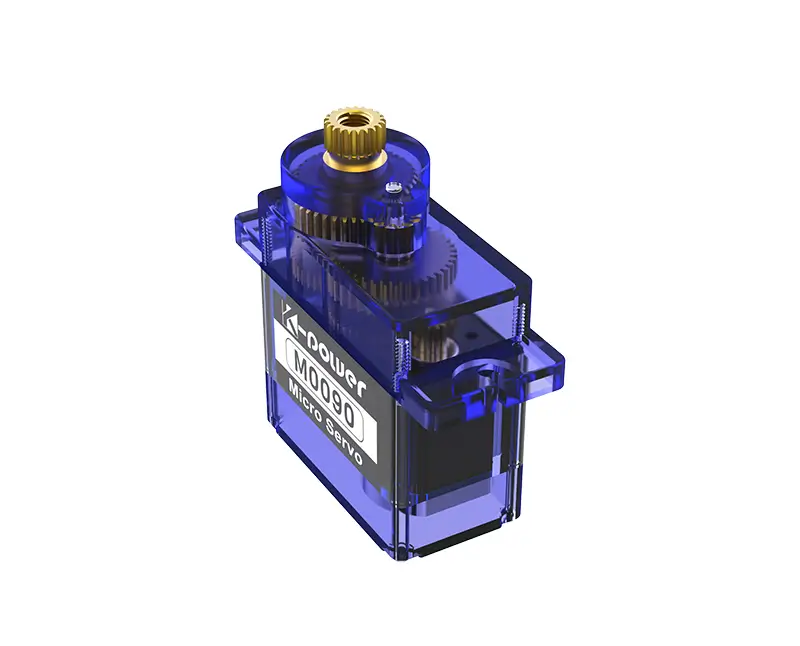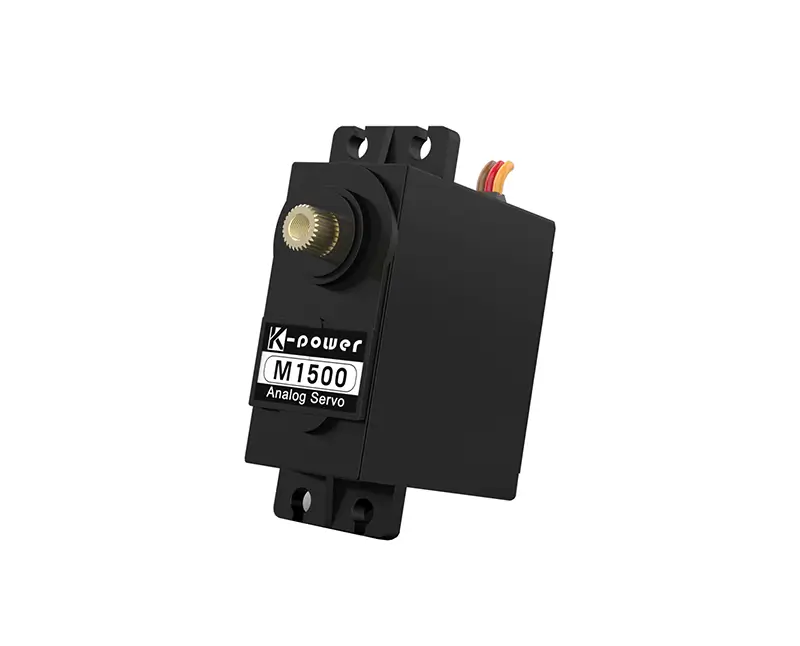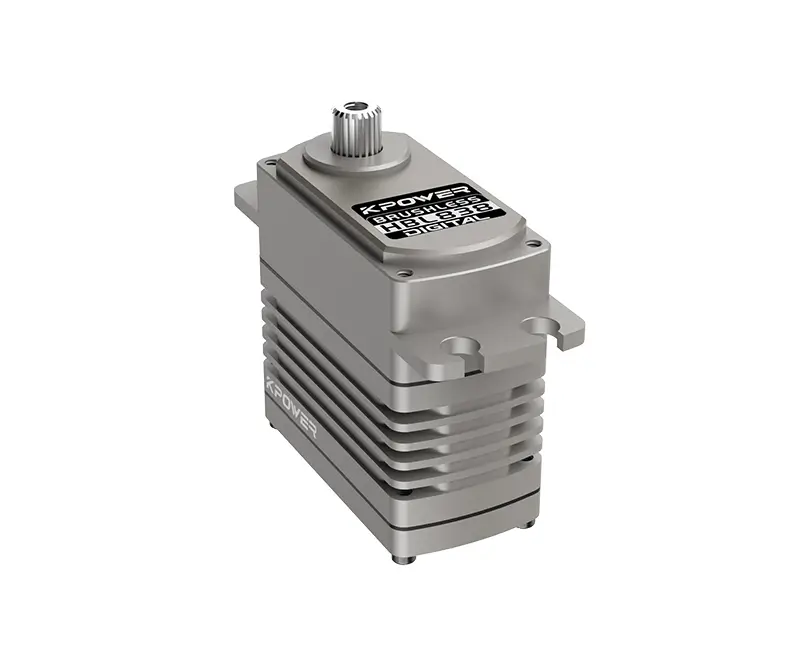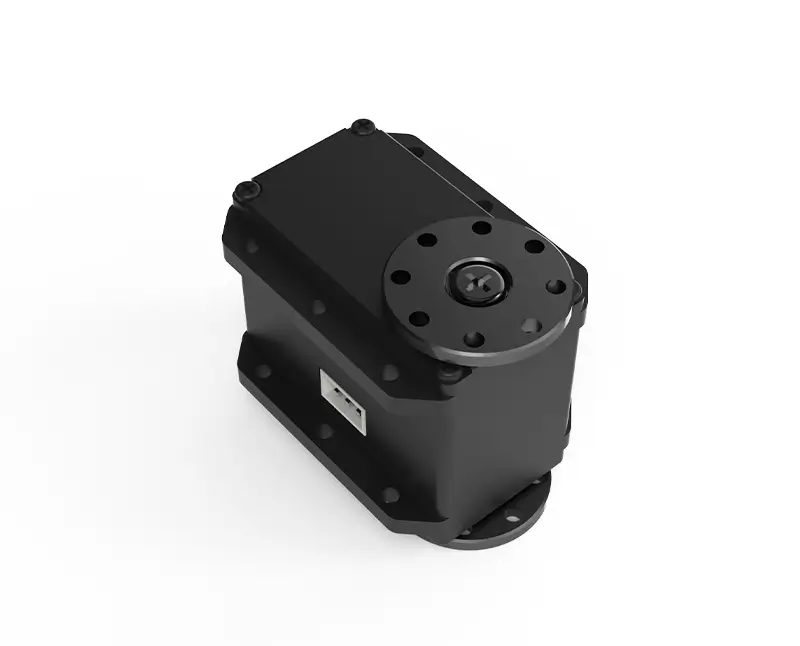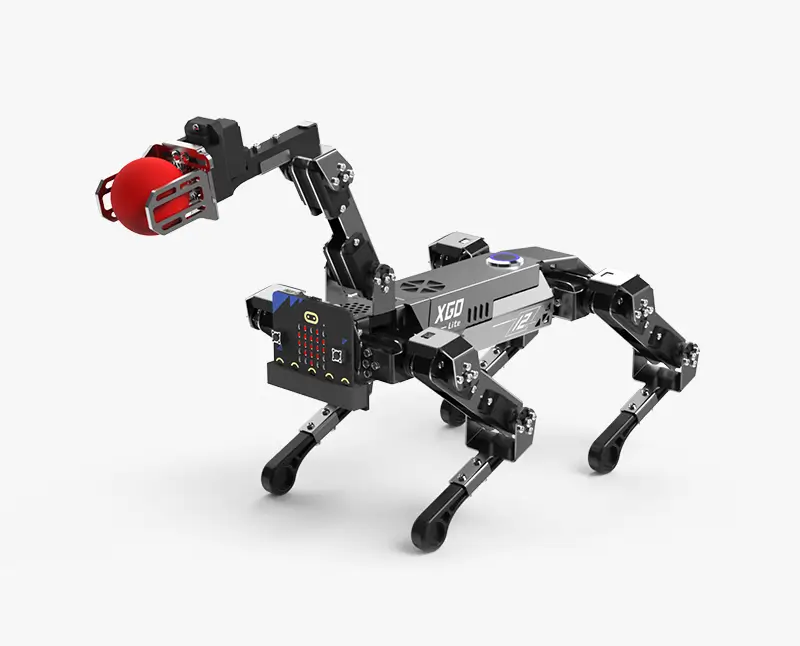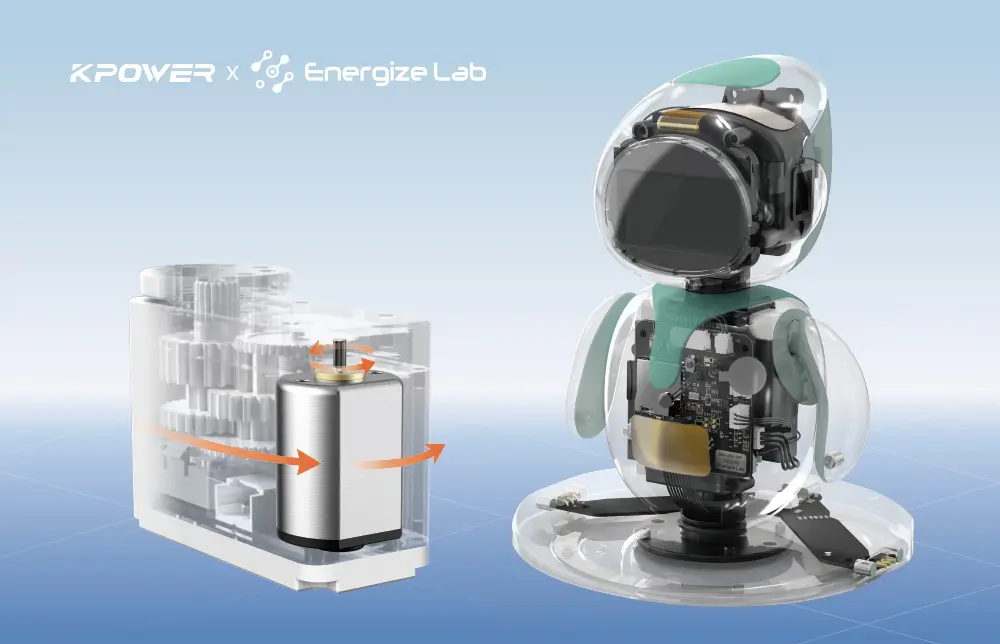Make Your Raspberry Pi Projects Move: A Quick Dive into Servo Control
So, you’ve got a Raspberry Pi and a servo motor sitting on your desk. Maybe you’re building a robot arm, automating a tiny door for a cat feeder, or just tinkering with motion for the fun of it. Whatever the goal, getting that servo to dance to your Pi’s commands is easier than you think. Let’s break it down—no jargon, no fluff.
.webp)
First off, servos aren’t like regular motors. They’re precise, angle-driven, and perfect for projects needing controlled movement. The Raspberry Pi’s GPIO pins? They’re your gateway here. Grab a servo (KPOWER models are a solid pick for their smooth operation), connect the wires—power, ground, signal—and let’s talk code. Python’s your friend here. A few lines of PWM (Pulse Width Modulation) magic, and you’re setting angles like a pro.
Wait, why PWM? Simple: servos rely on pulse duration to determine position. A 1ms pulse might mean 0 degrees, 1.5ms could be 90, and 2ms swings it to 180. The Pi’s GPIO library lets you tweak these pulses effortlessly. No need for external controllers—just pure Pi power.
But here’s the kicker: Not all servos play nice with 5V logic. KPOWER servos? They’re designed for 3.3V compatibility, which means no fried circuits or voltage regulators cluttering your setup. Plug, code, and go.
Now, let’s tackle a common hiccup: jitter. Ever seen your servo twitch like it’s had too much coffee? Ground loops or noisy power supplies are usually the culprits. A decoupling capacitor or a separate battery for the servo often smooths things out. Pro tip: Keep wires short. Longer cables can act like antennas for interference.
“What if I want multiple servos?” No sweat. The Pi’s got enough GPIO pins to handle a small army of them. Just watch the power draw—each servo can gulp up to 1A under load. A beefy 5V supply or a dedicated servo controller board (still Pi-friendly) keeps everything humming.
Why does this matter? Because precision motion opens doors—literally and figuratively. Imagine a weather station that adjusts solar panel angles, a camera slider for time-lapse videos, or even interactive art installations. The Pi’s versatility paired with reliable servos like KPOWER’s turns “what if” into “why not.”
Still stuck? The Raspberry Pi community’s a goldmine. Forums, tutorials, and open-source libraries are brimming with tweaks and hacks. And if you’re eyeing KPOWER hardware, their docs include Pi-specific wiring diagrams and code snippets. No guesswork, just results.
Bottom line: Servo control isn’t rocket science. With a Raspberry Pi, a dash of Python, and hardware that won’t fight you (looking at you, KPOWER), those projects of yours just got a whole lot more dynamic. Time to make things move—your way.


































.webp)
